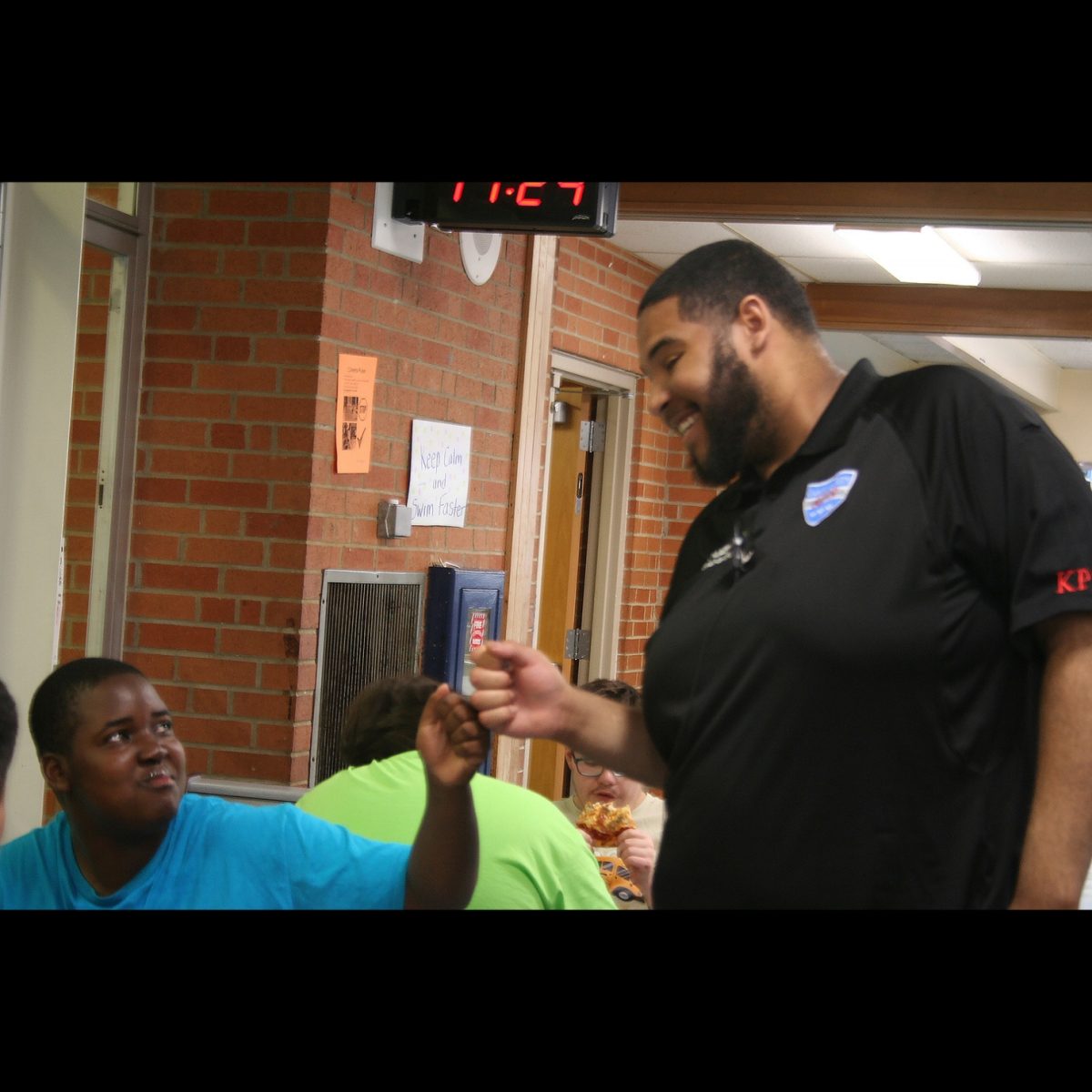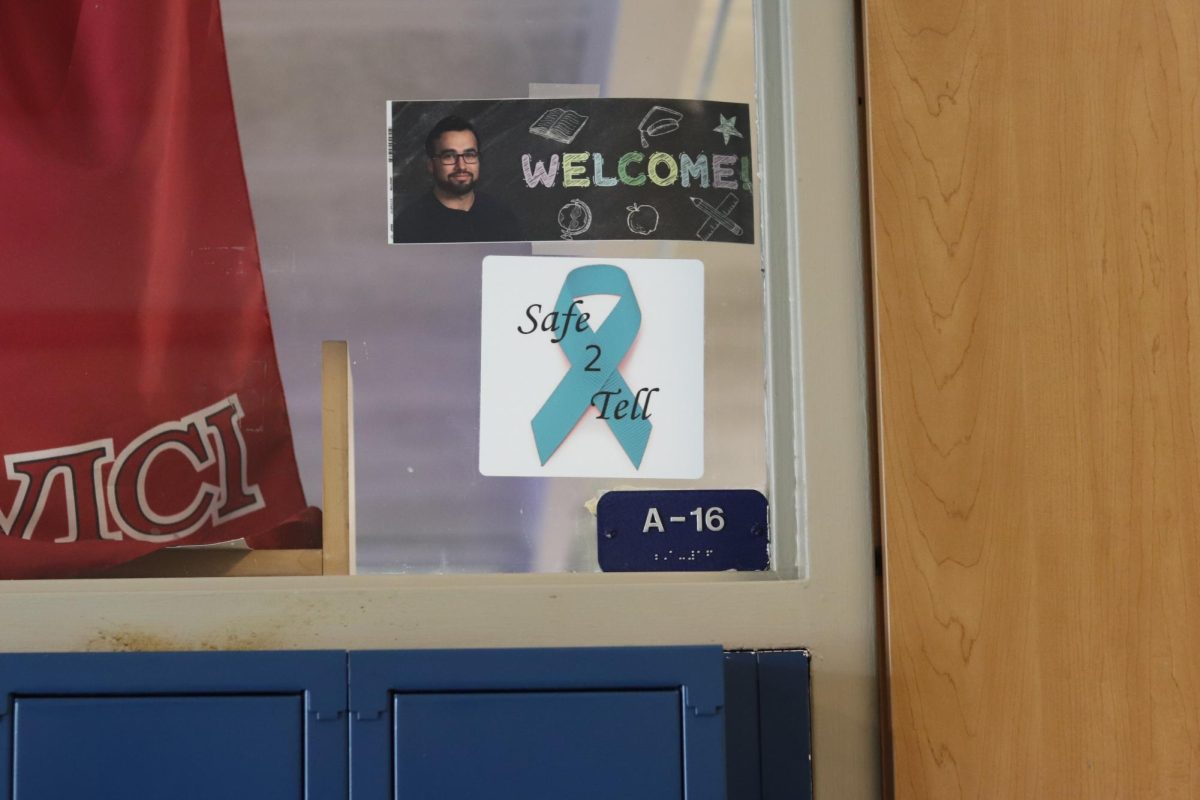Teachers prefer teaching more than one subject a day, but not more than three
Credit: Josephine Velo
Kyle Shack teaches Government B during 5th hour. He helps individual students during work time to make sure they understand the material.
June 7, 2023
Most students only have a teacher for one class a day, but imagine yourself as a Loy Norrix teacher, having to teach upwards of 3 subjects per day!
“I always planned on teaching multiple subjects,” said Brandon Wood, commenting on his feelings of currently teaching both U.S History and Forensic Science.
Over two-thirds of the teachers at Norrix currently teach more than one subject this trimester. For most, they do not have total authority over which classes they are assigned to teach at the beginning of the year. How some of them manage the task of teaching upwards of seven unique classes each year is astounding. These teachers pointed out a few positive aspects to teaching so many different classes.
“There is a huge advantage to teaching multiple classes because you will see students more than once and work better with students. Between multiple subjects, you can build more of a connection with the students,” said Wood.
While most teachers juggle around 3 different classes within their one content area, there are nine who shuffle two different content areas.
Wood, who currently teaches U.S. History and Forensic Science, is one of the nine. He also makes up the one-third of teachers who currently have two “preps.” Preps are defined as each class with separate preparations (ex. U.S history A + U.S history B would be separate preps).
There are guidelines that the district follows to avoid overwhelming teachers with too many preparations. For instance, on page 87 of the teacher contract it states, “No teacher will be assigned more than seven preps per year,” and “no teacher in the core courses will be assigned more than three preparations […] per trimester.”
Government and politics teacher Kyle Shack also shared some of the advantages and disadvantages to having more, or less than, two preps.
Shack thinks that preparing to teach only one class per day allows for greater focus on optimizing material, but removes some of the variety in the day.
“You get to focus on the nuances of focusing on one prep.” Shack continued, “You get to pay more attention to the flow of each day: what works and what doesn’t.”
While it is beneficial to a curriculum, there are also some downsides to teaching only one class per day.
“You lose the diversity in the day,” Shack commented.
Teaching the same course continuously can lead to burnout throughout the day, but the ability to make changes in a lesson plan is helpful. Shack noted that if something didn’t work for his first period, he might change that going into his later periods. Wood also spoke on the benefits and the limitations of sticking to just one prep.
“I don’t think it’s bad to have one prep because you can really focus on the material, but then you are teaching the same thing four times a day. You don’t remember if you told it to just 3rd hour or both 1st and 3rd hour,” said Wood.
There can be some challenges to teaching so many classes. At a previous school, Shack taught four preps.
“It’s a lot on your mental bandwidth,” said Shack.
While it can take some extra work, the benefit of having variety in the day is the ability to apply knowledge from teaching one curriculum to another.
“There is a lot that you learn from teaching one class that you can apply to another,” Shack said.
Both Shack and Wood agreed that the optimal number of preps per trimester is two, providing a balance between variety and being overwhelmed. Wood noted that some preps can be relatively overlapping, like American Military History and U.S. History.
“If a teacher has three preps, it depends on who’s teaching the three preps, what those three preps are and how they are related. I believe that [all] teachers should go down to two preps, but logistically it won’t happen,” said Wood.
With 55 electives offered at Norrix, an emphasis on reducing preps for teachers could limit the number of courses offered.
“I think it is more beneficial to students to have a wide variety of classes than it is for teachers to focus on just one or two classes,” said Shack.










